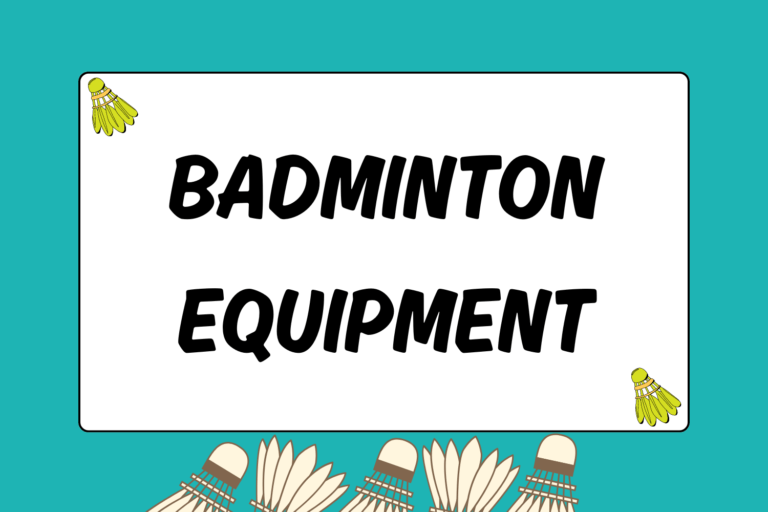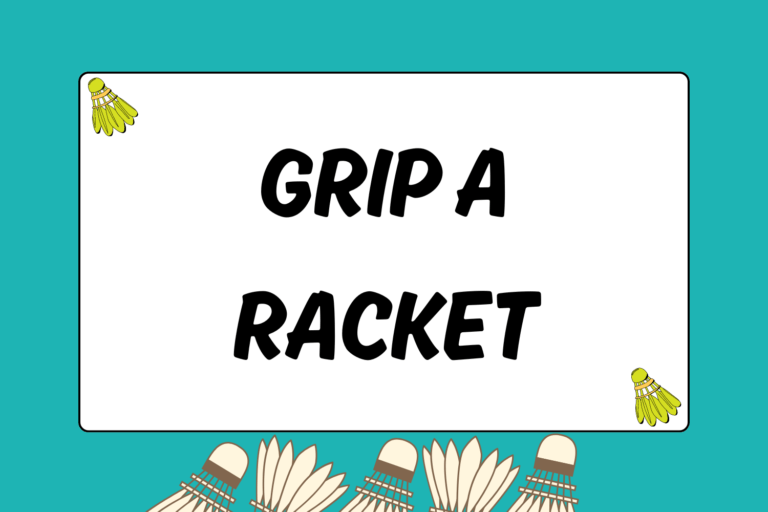There are no quick fixes in badminton. Every aspect of the game requires time and effort on your part, but if you’re willing to put in the effort, you’ll begin to see significant improvement.
Fortunately, in singles, you can take a more straightforward approach than you could for doubles. The interaction is strictly one-on-one, so if you can pinpoint your opponent’s flaws, you can exploit them.
With that in mind, here are some basic tips to follow that should improve your singles play.
Make Quality Serves
In singles, you’ll want to focus more on quality serves than deceptive ones. While a few points can be won from trick serves, you’re also likely to lose some points because of them. Whether you’re serving backhand or forehand, make sure to keep your long serves high and short serves low.
A shallow, long serve will give your opponent an opportunity to attack, immediately putting you at a disadvantage. Similarly, a high, short serve allows your opponent to quickly end the rally with a smash or drive.
While consistency and placement are essential, take note of the opponent’s tendencies. Some players struggle to return short serves, while others have trouble with long serves. You’ll find that most players have a preference, so play to your opponent’s weakness.
Use Proper Footwork
Footwork is directly tied into every action you take on the court. Every unnecessary step you take or extra bit of energy you exert will slowly take a toll on you during a match. If you can move quickly and decisively with no wasted movements, then it will become much easier to maintain your level of play throughout the course of a match.
Naturally, you won’t be actively thinking about your footwork as you play, so having correct footwork requires practice. If you’re willing to put in the time, your efforts will be rewarded come game time.
Have Good Conditioning
Conditioning is related to your footwork because together, they’ll determine the level at which your body allows you to perform. Conditioning can refer to your endurance or strength, both of which are vital to your singles game. Aside from having cardiovascular fitness, you need to build your jumping and lunging endurance.
Although running, jumping, and lunging can help to increase your stamina, nothing can substitute for actually playing the game. If you’re outside a gym, there are a few exercises you can do:
- Lunges: Alternate legs as you do lunges while making sure to keep your back straight. Your front knee should not touch the ground. Lunges will help simulate the lunging you’ll do in the game, and while you won’t be lunging often with your non-racket leg, it is still vital to have that stability.
- Squat Jumps: Squat jumps are a great way to prepare you for all the jumping you’ll do. Keep your back straight and reach your arms into the air as you jump.
- High Steps: High steps will help keep you light on your feet. Be sure to bring your knees up to your chest while keeping your back straight.
- Burpees: Burpees combine push-ups with squat jumps and are a quick way to condition your upper and lower body. Like with squat jumps, make sure your arms are straight above your head as you jump.
With all of these exercises, do repetitions in sets (that is, not all at once). If you want to work on your endurance, lengthen the duration of each set and decrease the amount of repetitions.
Hot Tip: Body Language
Body language is a valuable source of information in badminton. When playing singles, you can gauge how your opponent is feeling from his reactions after a rally or while resting in between rallies. Take note of the body language and adjust accordingly.
Similarly, do your best to control your body language and exude confidence, never hinting at the fact that you’re exhausted.
Be Efficient with Your Shots
Here, efficiency refers to your shot selection. The types of shots you take will also greatly influence your stamina levels.
In singles, you don’t have the luxury of a partner covering the other half of the court. As such, you should not smash when you’re out of position or off-balance. In this situation, getting a decent smash return will be challenging. Smash the weaker clears and move your opponent around on stronger ones. Remember, singles is a marathon, not a sprint.
Be Patient
Everyone gets frustrated during a match, but how you deal with it will separate you from the rest. Understand that you — like everyone — will make mistakes, but getting caught up on a missed opportunity will only work against you.
You don’t have a partner or teammate to calm you down, so it’s important to be patient with yourself. Don’t let your opponent or a poor shot get to you.
Many players are inclined to start taking more risks to end a losing streak, but stepping outside your comfort zone will only lead to further mistakes. Stick with your game plan and play to your strengths while trying to exploit your opponent’s weaknesses.
Not for the Faint-hearted
Make no mistake; singles is a tough, grueling event that many players avoid simply for that reason. The better prepared you are, mentally and physically, the easier time you’ll have on the court.
Manage your energy wisely because you can never assume the match won’t go to a third game. If you overexert in the first two games and split, your chances will be slim going into the third. Play safe!





